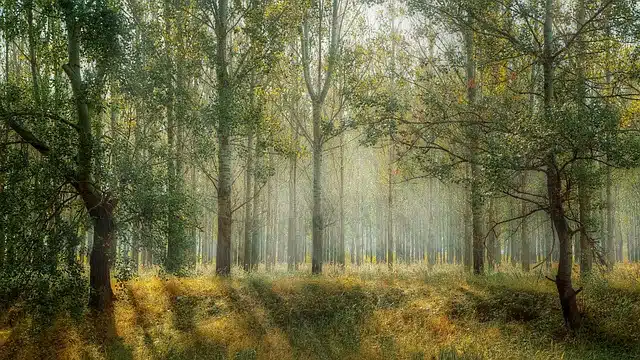
Reforestation is necessary for environmental balance.
Reforestation is the process and consequence of reforesting . This verb refers to replanting or cultivating on a surface that had lost its forest (plants, trees, etc.).
For example: “The national government announced a new reforestation plan for the north of the country” , “With the aim of counteracting the effects of climate change, the environmental organization promotes the reforestation of the mountains and mountain ranges” , “The day of “Reforestation will begin at 9 a.m. and will continue until dusk.”
It is generally accepted that reforestation takes place on land that, at some point in the last five decades , has been covered by plants but that, for some reason, has lost its vegetation.
From deforestation to reforestation
There are several causes that can lead to deforestation : the overexploitation of forest resources, a fire, a drought, the advance of urbanized areas and the increase in the number of livestock are some of them. When deforestation occurs and then it is intended to restore vegetation on said lands, reforestation is carried out.
By repopulating an area with plants, reforestation provides numerous benefits: it helps absorb carbon dioxide and release oxygen , protects the soil from the consequences of erosion, provides a barrier against wind and allows wood to be produced.
Beyond the importance of reforestation, it is necessary that the authorities take charge of preventing the advance of deforestation . Once the loss of forest resources occurs, their recovery can take a long time and require numerous efforts.

Reforestation allows a deforested area to have trees again.
The importance of this activity
Reforestation is necessary to save the thermal stability of our planet, but this task should not be left solely in the hands of the government or the owners of large areas of land; On the contrary, we can all participate with our grain of sand , which may consist of planting a fruit or ornamental tree in the space we have available, which can be as large as a garden or as small as a flower pot.
It is important to understand that reforestation is not a one-dimensional process , which is why it does not simply consist of recovering trees that have been lost in deforestation, but rather there are different techniques that must be combined to carry it out successfully. It is very easy to deforest, but very slow and complicated to reforest, with much more probability of error .
How to prepare a reforestation plan
Some of the factors that must be taken into account when developing a reforestation plan are the following:
* the climate : decisive in terms of the type of trees that can be planted, since not all of them resist extreme cold or heat, for example;
* rain : humidity is another of the fundamental points, since each species of tree has its own needs in this regard;
* the terrain : although certain types of trees have great adaptability, others only manage to develop if they are found in terrain with very specific characteristics;
* height : each species of tree has a limit with respect to the height above sea level to survive, so its reforestation ignoring this factor would end in inevitable failure;
* solar exposure : competition between various tree species to receive sunlight can prevent the development of some of them, even when all the previous considerations have been respected. Likewise, too much sun exposure can be fatal for some types of trees;
* population density : the distance between one tree and another must be adequate so that all can access sunlight and the nutrients necessary for their growth;
* soil depth : for successful reforestation, attention must also be paid to the root system of each tree species, since not all can grow in soils of equal depth.
